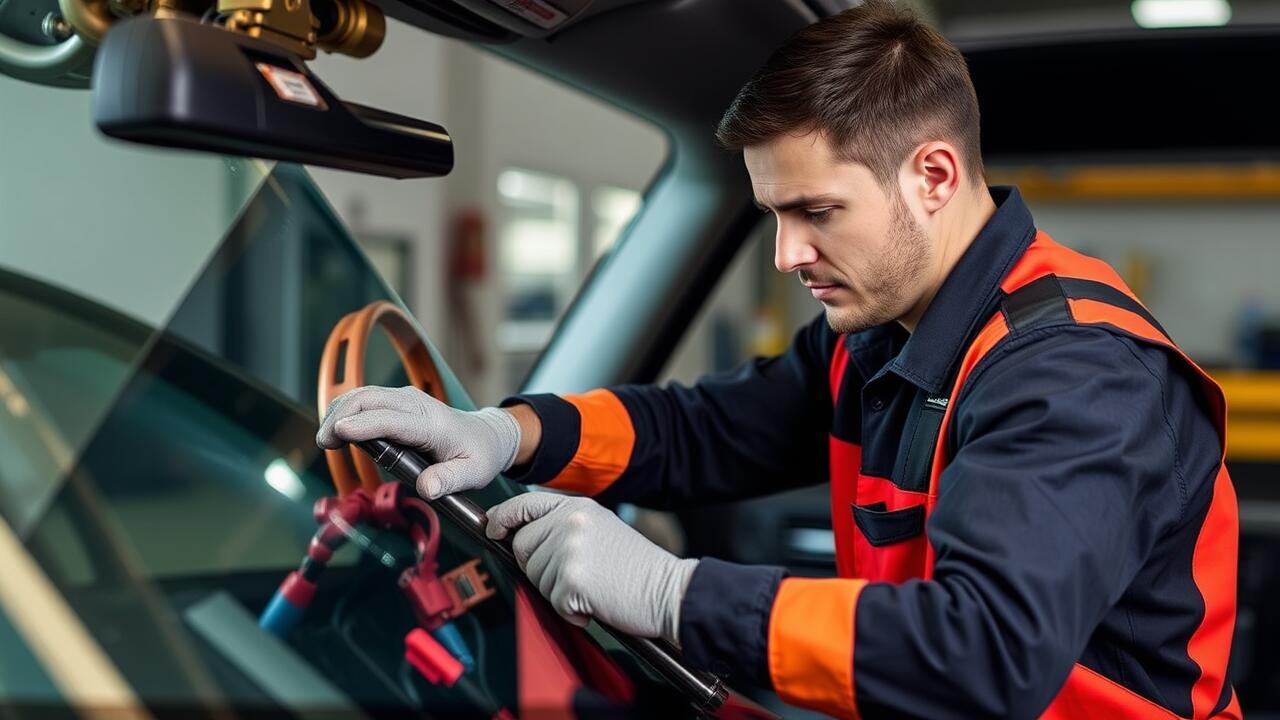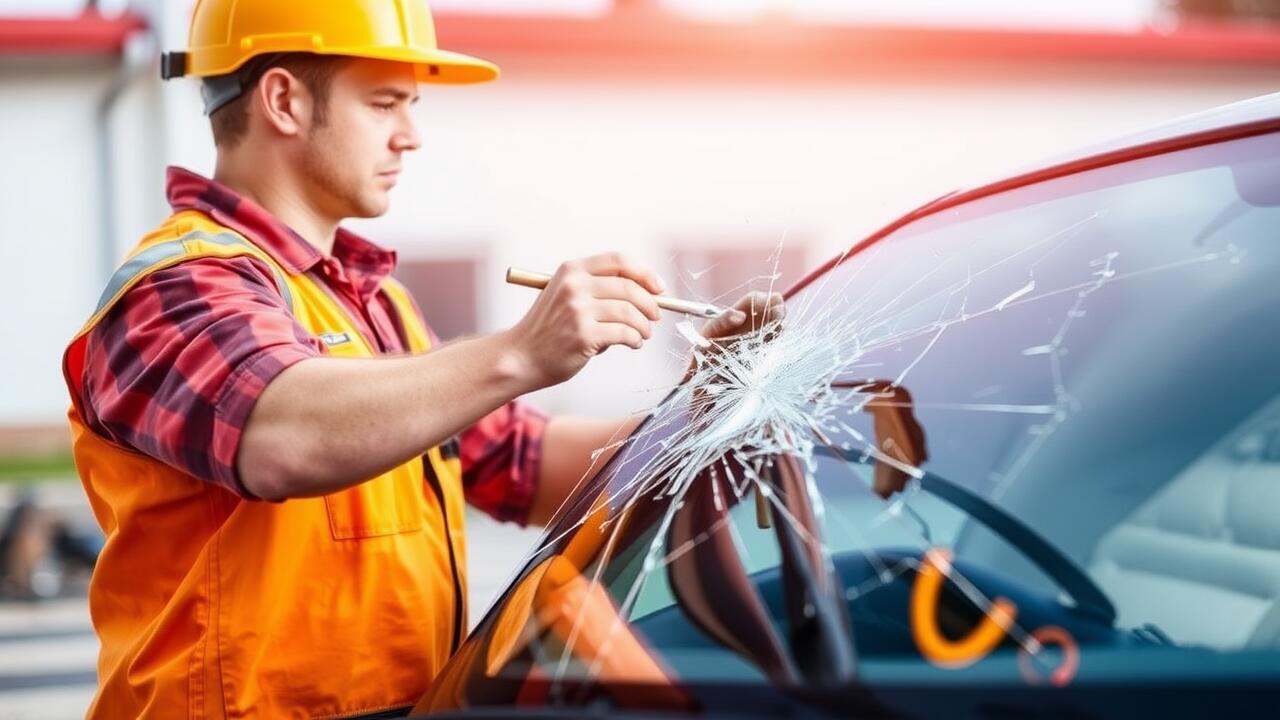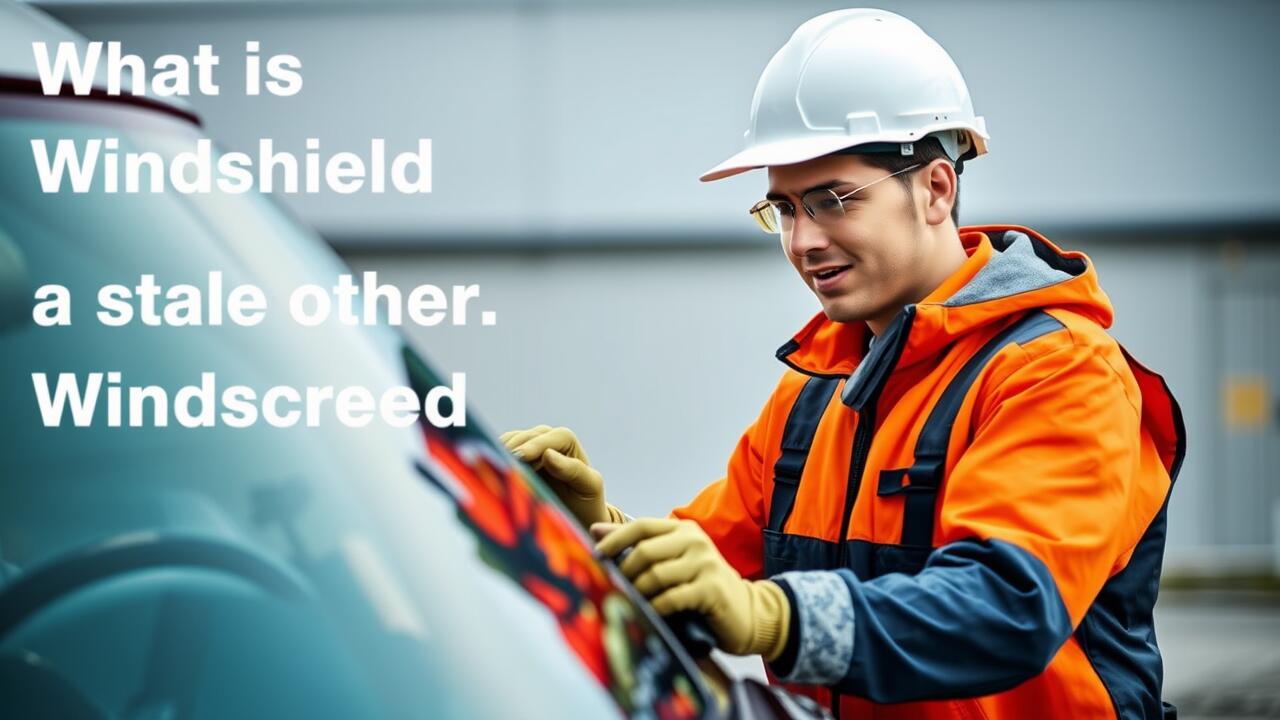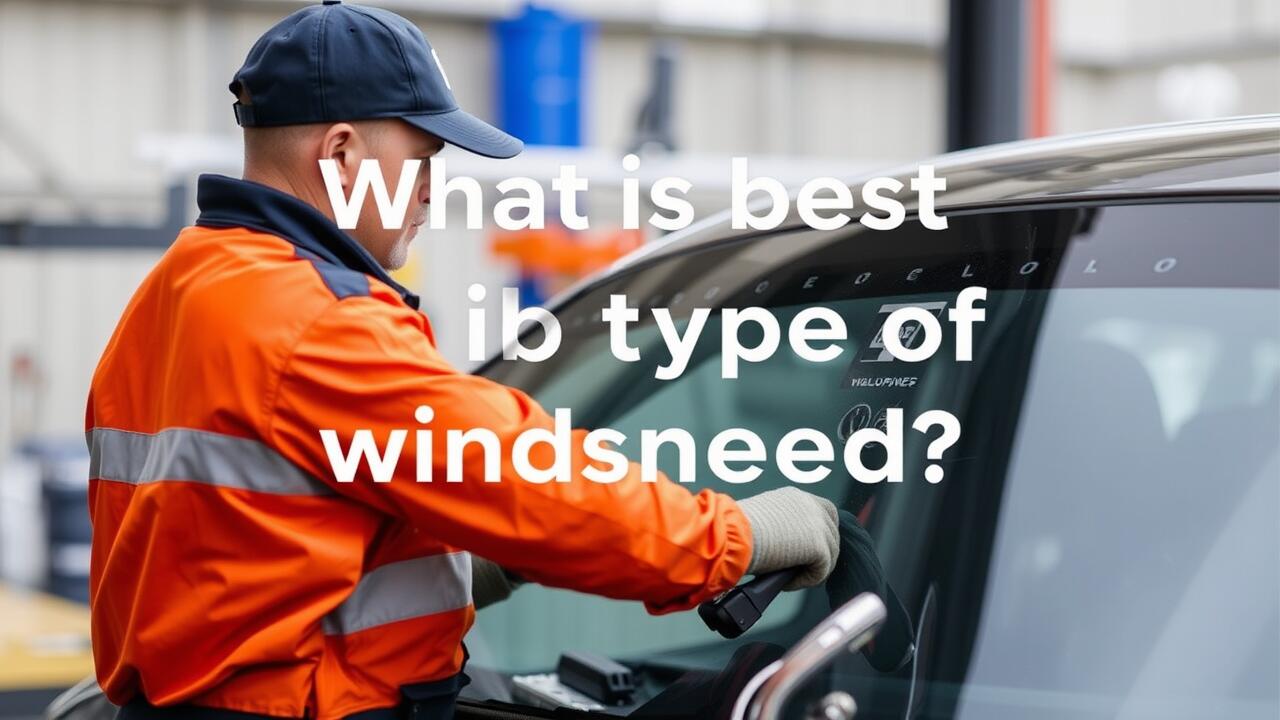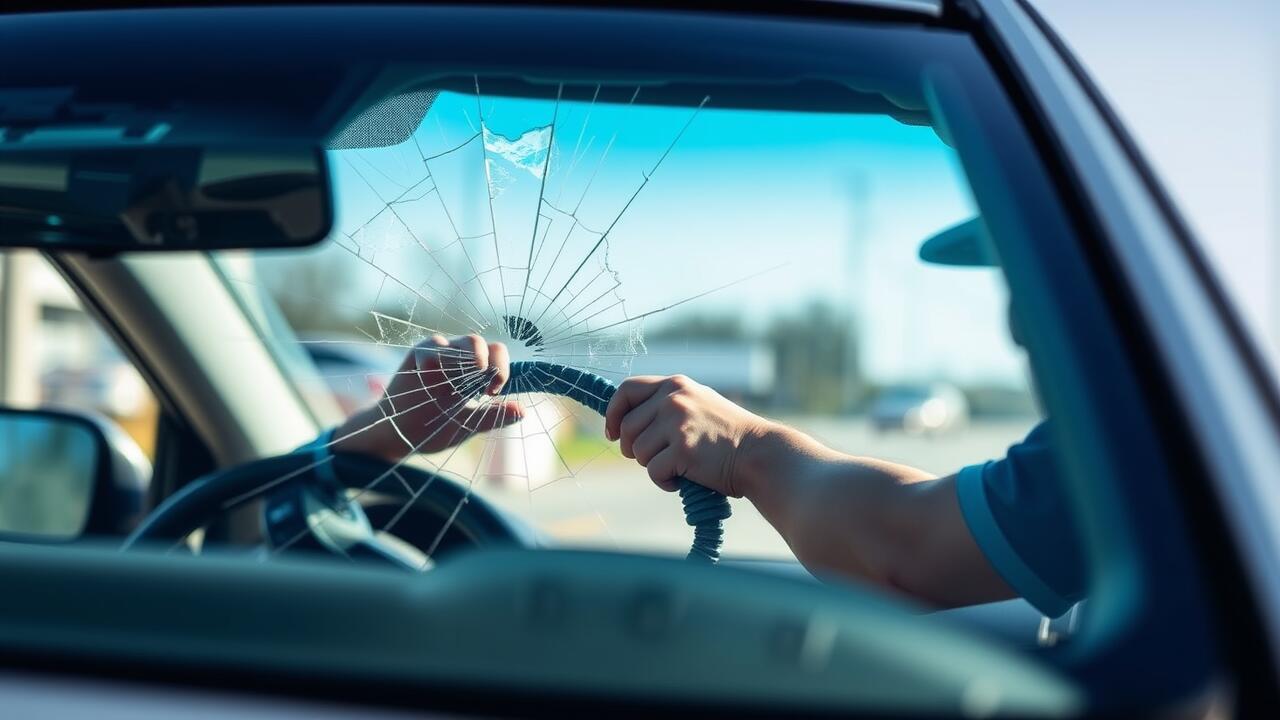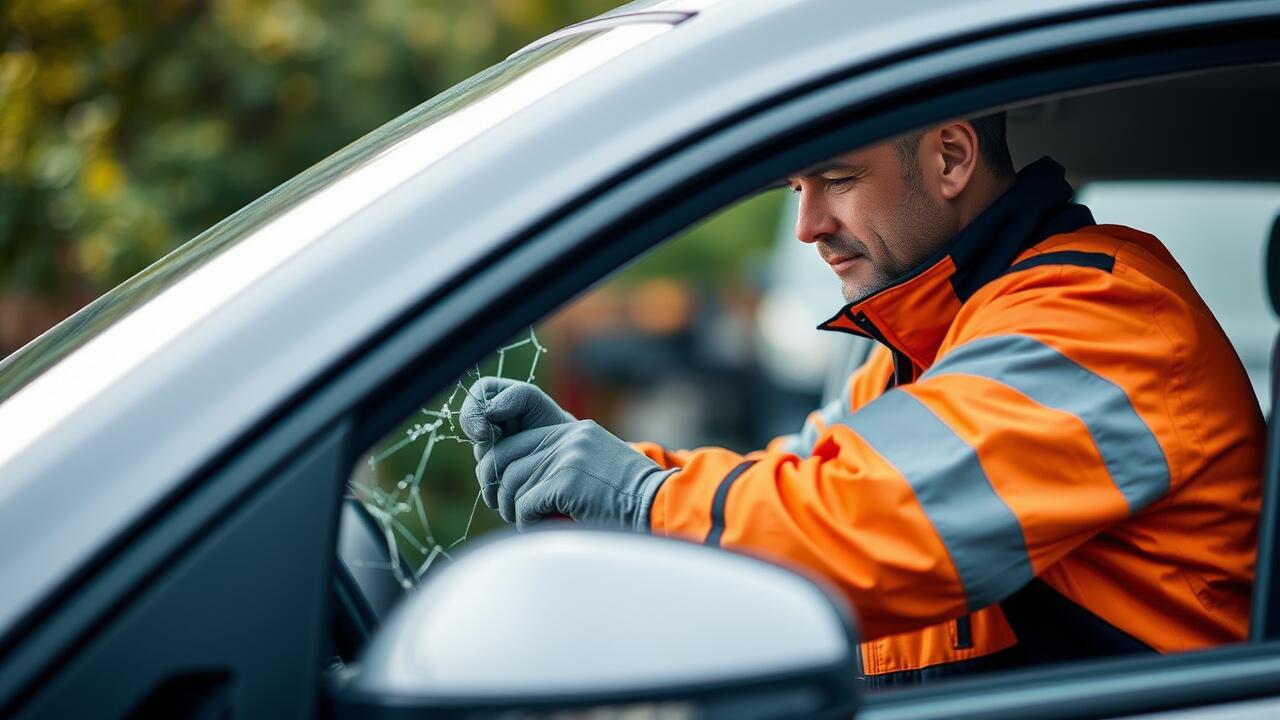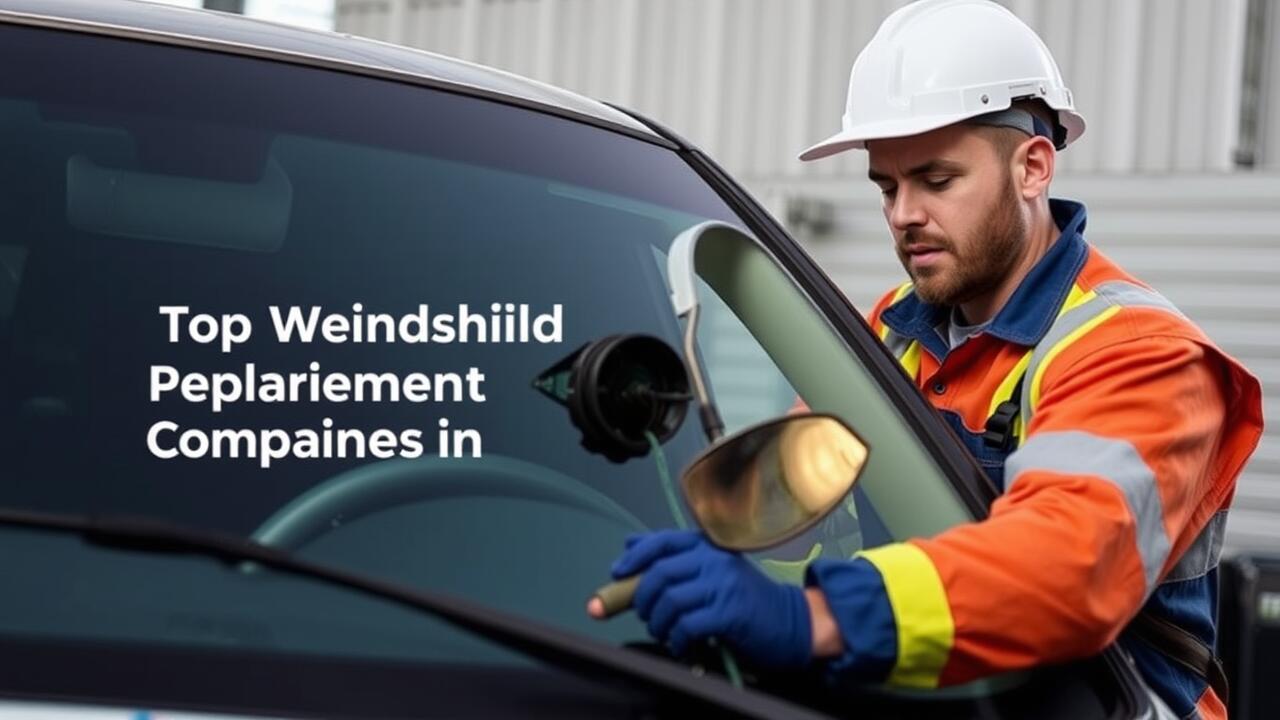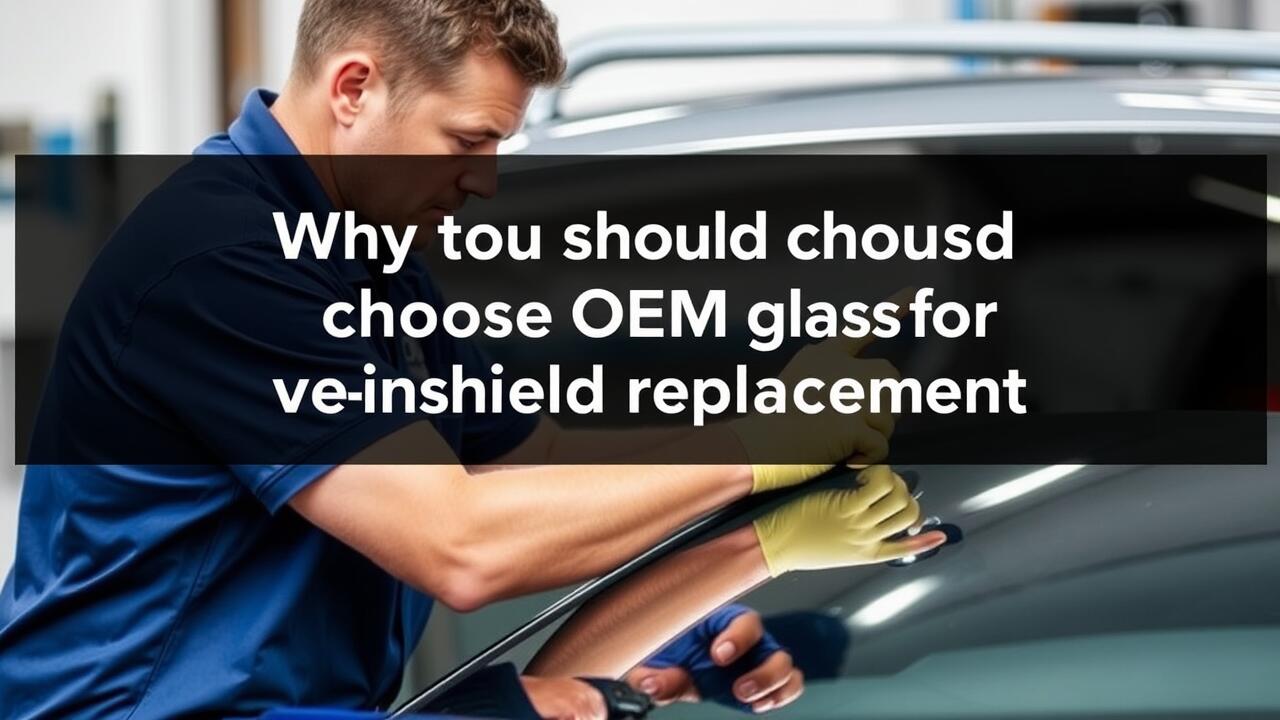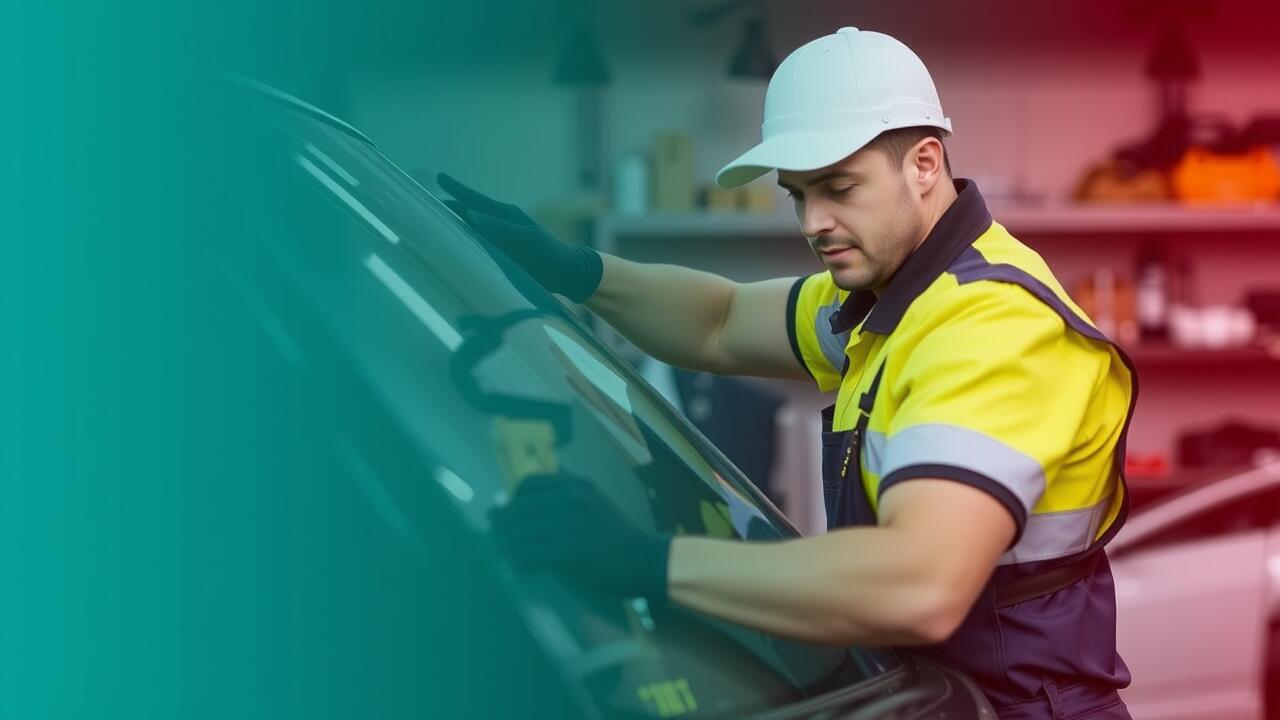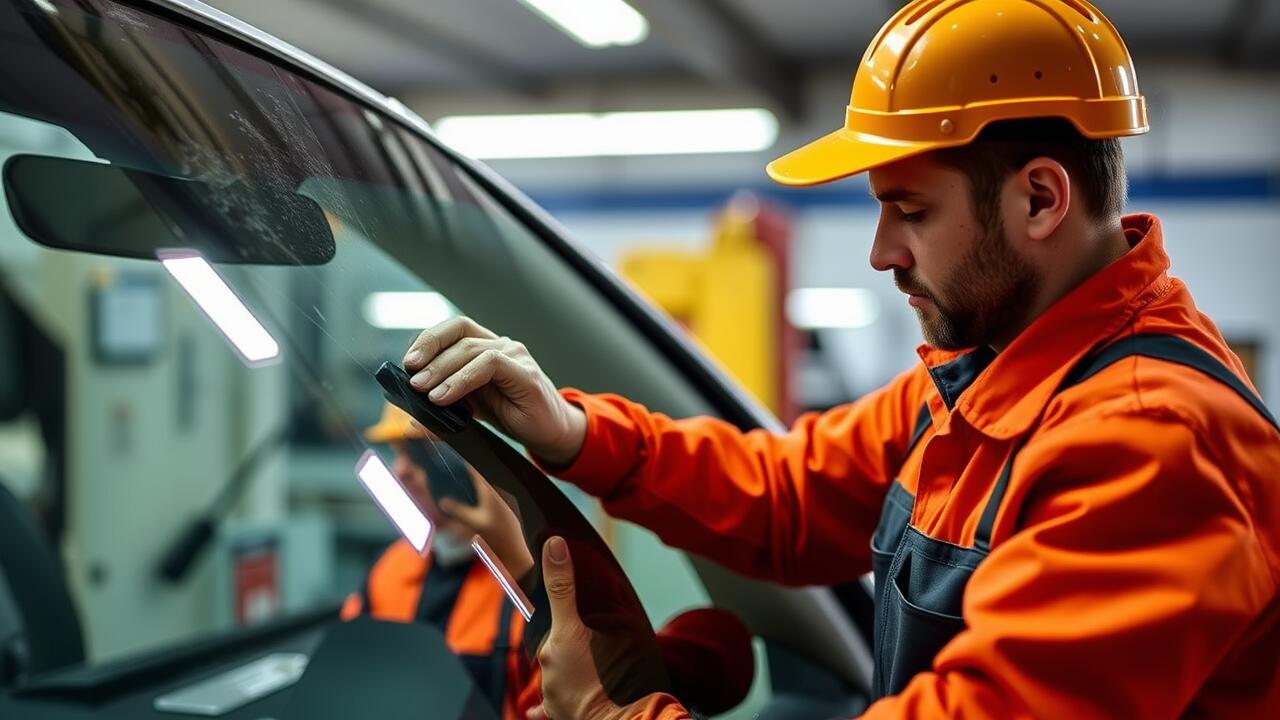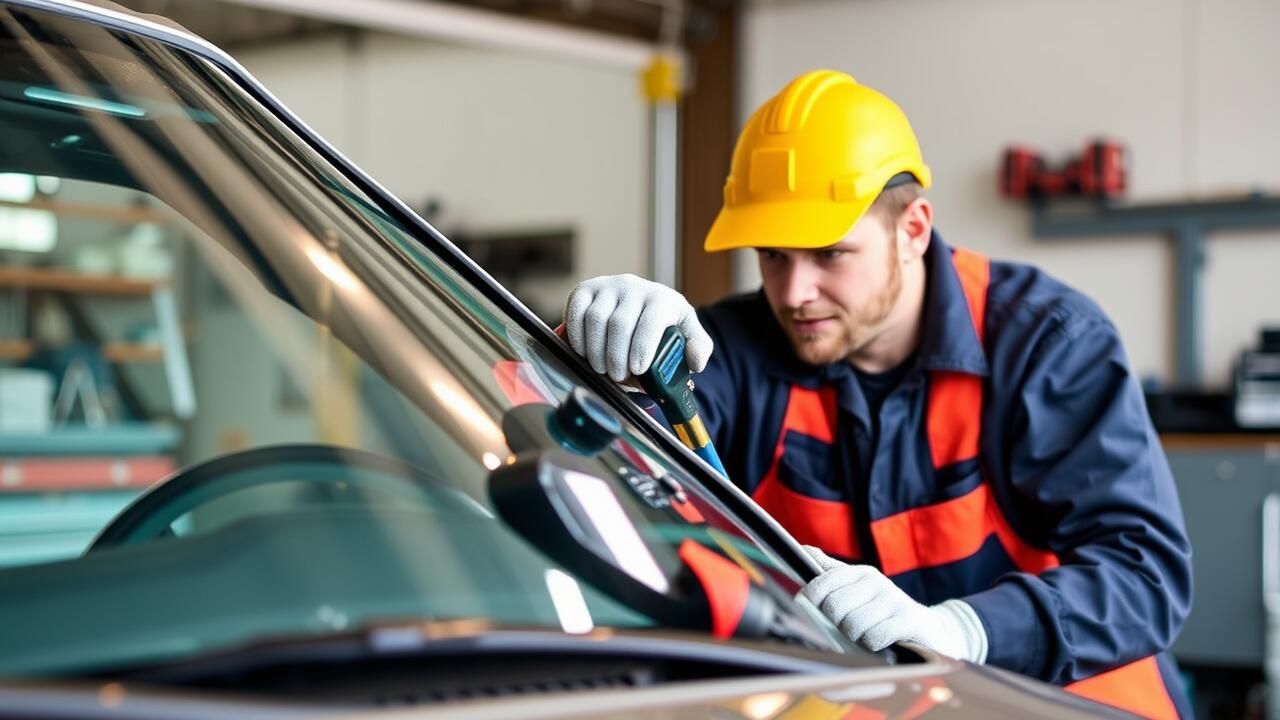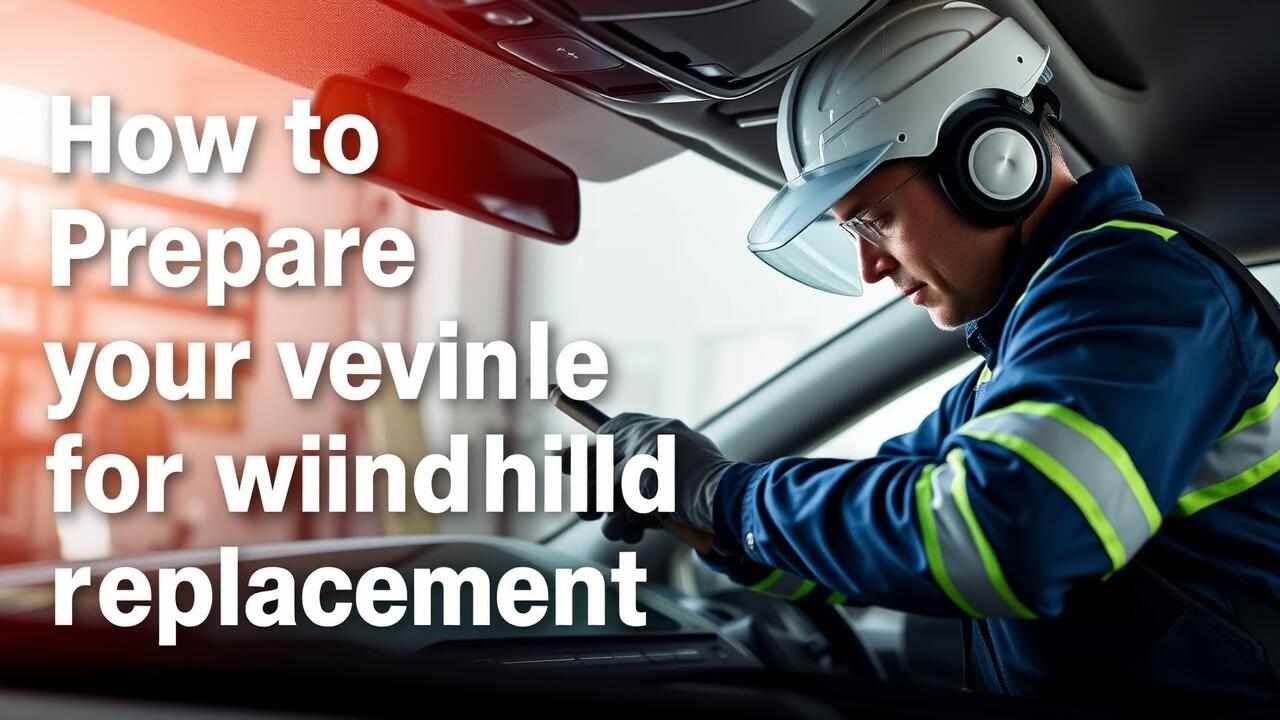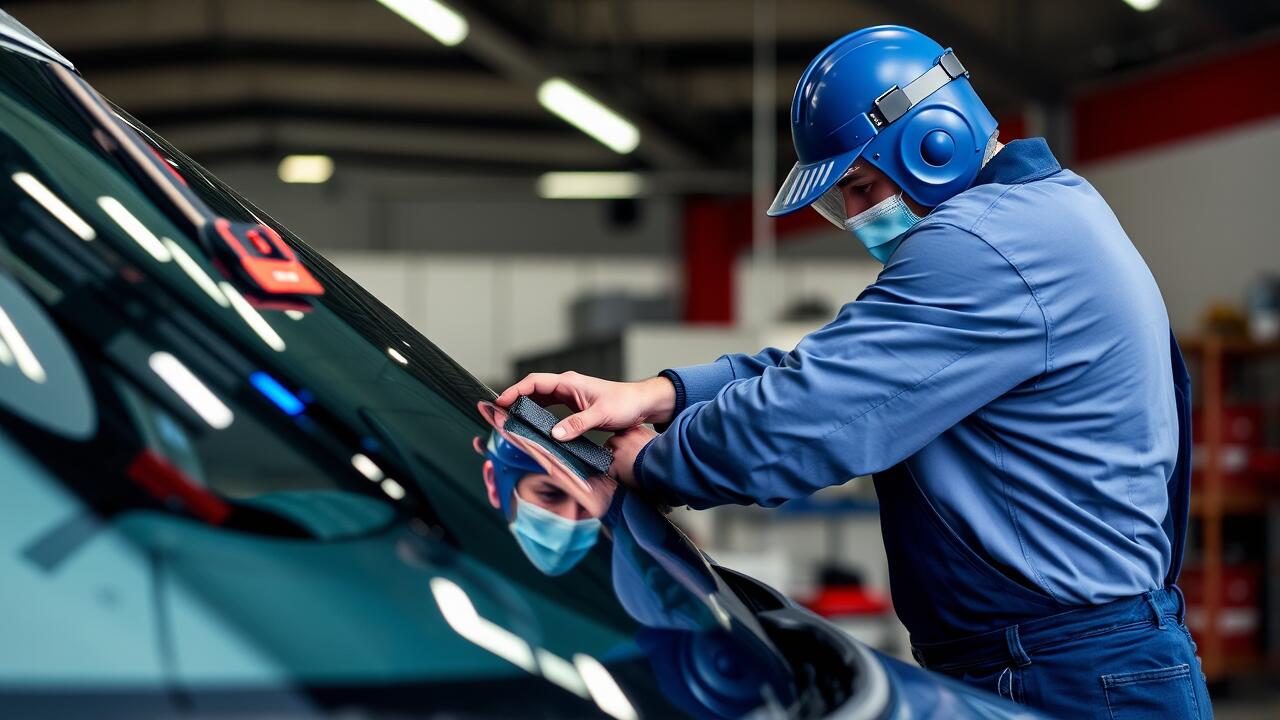
Table Of Contents
Understanding the Role of Adhesives
Adhesives play a crucial role in the effectiveness and safety of a windshield replacement. They provide the necessary bond between the glass and the vehicle frame, ensuring that the windshield remains securely in place. The type of adhesive used can significantly influence the structural integrity of the installation. High-quality adhesives are designed to withstand various stresses, including temperature fluctuations and impacts. This ensures that the windshield maintains its position during driving and under different driving conditions.
Using inferior or outdated adhesive products can lead to potential risks. A poorly bonded windshield may not only compromise visibility but also impact the overall safety of the vehicle. In the event of a collision, a weak connection might result in the glass detaching, potentially leading to severe injuries for the occupants. It is essential to choose a reputable service provider for windshield replacement, as they will typically use adhesives that meet industry standards and regulations for optimal safety.
How Adhesive Quality Affects Windshield Security
The quality of adhesive used in windshield replacement plays a crucial role in maintaining the structural integrity of the vehicle. Superior adhesives ensure a strong bond between the glass and the frame, which is vital for the windshield to perform its protective functions. When lower-quality adhesives are used, the risk of the windshield detaching during a collision increases significantly. This not only compromises the safety of the occupants but can also lead to further damage to the vehicle's interior.
In addition to safety concerns, the choice of adhesive affects the overall longevity of the windshield installation. High-quality adhesives are designed to withstand various environmental factors, such as extreme temperatures and humidity. Poor adhesive choices might degrade faster, leading to seal failures, leaks, or even the development of cracks over time. Proper attention to adhesive quality during windshield replacement is essential for ensuring optimal performance and safety on the road.
Monitoring for Potential Issues Post-Replacement
After a windshield replacement, it’s crucial to monitor any changes that may indicate potential issues. Regularly inspect the area around the newly installed windshield for signs of leakage or air drafts. These problems may not be immediately evident but can lead to significant complications over time. If you notice any irregularities such as fogging between the glass layers or unusual noises while driving, it may be worth having the installation checked by a professional.
In addition to visual inspections, pay attention to the behaviour of your vehicle during adverse weather conditions. Rain or heavy winds can exacerbate existing issues related to the windshield replacement. Ensure that your wipers function correctly and do not skip across the glass, which may indicate misalignment or improper installation. Safeguarding your vehicle in these ways can enhance its safety and integrity following a windshield replacement.
Common Problems and Warning Signs
After a Windshield Replacement, it’s important to remain vigilant for any signs that may indicate problems with the installation. Look out for moisture buildup between the layers of glass, which can signal a failure in the adhesive bond. Additionally, if you notice any unusual noises while driving, such as rattling or vibrations from the windshield area, it may point to improper fitting or inadequate sealing.
Another common issue to watch for is visible gaps or misalignment along the edges of the windshield. These can compromise the structural integrity of the vehicle and may lead to water leaks. If you experience any sudden changes in visibility, such as distortion or fogging, this might also signal a problem requiring immediate attention. Regular checks after a Windshield Replacement can help in identifying these issues early, ensuring both safety and comfort on the road.
The Impact of Weather Conditions
Weather conditions play a significant role in the durability and effectiveness of a newly installed windshield. Extreme temperatures can impact adhesive curing time and overall bonding strength. For instance, high heat may cause the adhesive to cure too quickly, while excessively cold conditions can prevent it from adhering properly. These factors underscore the importance of ensuring that windshield replacement occurs under optimal weather conditions to enhance safety and performance.
Additionally, environmental elements such as rain, hail, or snow can affect the longevity of a windshield. Water ingress during the first few days after replacement can compromise the seal and may lead to leaks. Protecting the new windshield from harsh weather during the initial setting period is crucial. Maintaining awareness of weather forecasts after windshield replacement ensures that precautions can be taken to avoid potential issues.
How to Protect Your Windshield from Environmental Elements
Protecting your windshield from environmental elements is essential, especially after a Windshield Replacement. Direct exposure to harsh sunlight can lead to the degradation of the adhesive used in the replacement process. It's advisable to park your vehicle in shaded areas whenever possible to minimise sun damage. Additionally, applying a UV-protective film can help safeguard both the glass and the adhesive from harmful rays.
Weather conditions can also impact the longevity of your windshield. Heavy rain can pose risks if the sealant hasn’t fully cured. Keeping an eye on weather forecasts is a practical way to plan accordingly. In winter, snow and ice accumulation can place undue stress on the windshield, potentially leading to chips or cracks. Regularly clearing off ice or snow will help maintain the integrity of your new installation.
FAQS
How long should I wait before safely driving my vehicle after a windshield replacement?
It is generally recommended to wait at least one hour after the replacement before driving, but it's best to follow the specific guidelines provided by your technician, as drying times can vary based on the adhesive used.
What should I do if I notice leaks after my windshield replacement?
If you notice any leaks or water entering your vehicle after a windshield replacement, it’s important to contact your service provider immediately to address the issue and ensure proper sealing.
Are there specific weather conditions I should avoid after getting a new windshield?
Yes, it is advisable to avoid driving in heavy rain or extreme temperatures for at least 24 hours after replacement to allow the adhesive to cure properly.
How can I protect my new windshield from chips and cracks?
You can protect your windshield by maintaining a safe distance from other vehicles, avoiding driving on poorly maintained roads, and using a windshield cover during extreme weather conditions.
Is it normal to see distortion or bubbles in my windshield after replacement?
No, it is not normal. If you notice any distortion, bubbles, or other defects, you should contact your technician to assess the quality of the installation.
